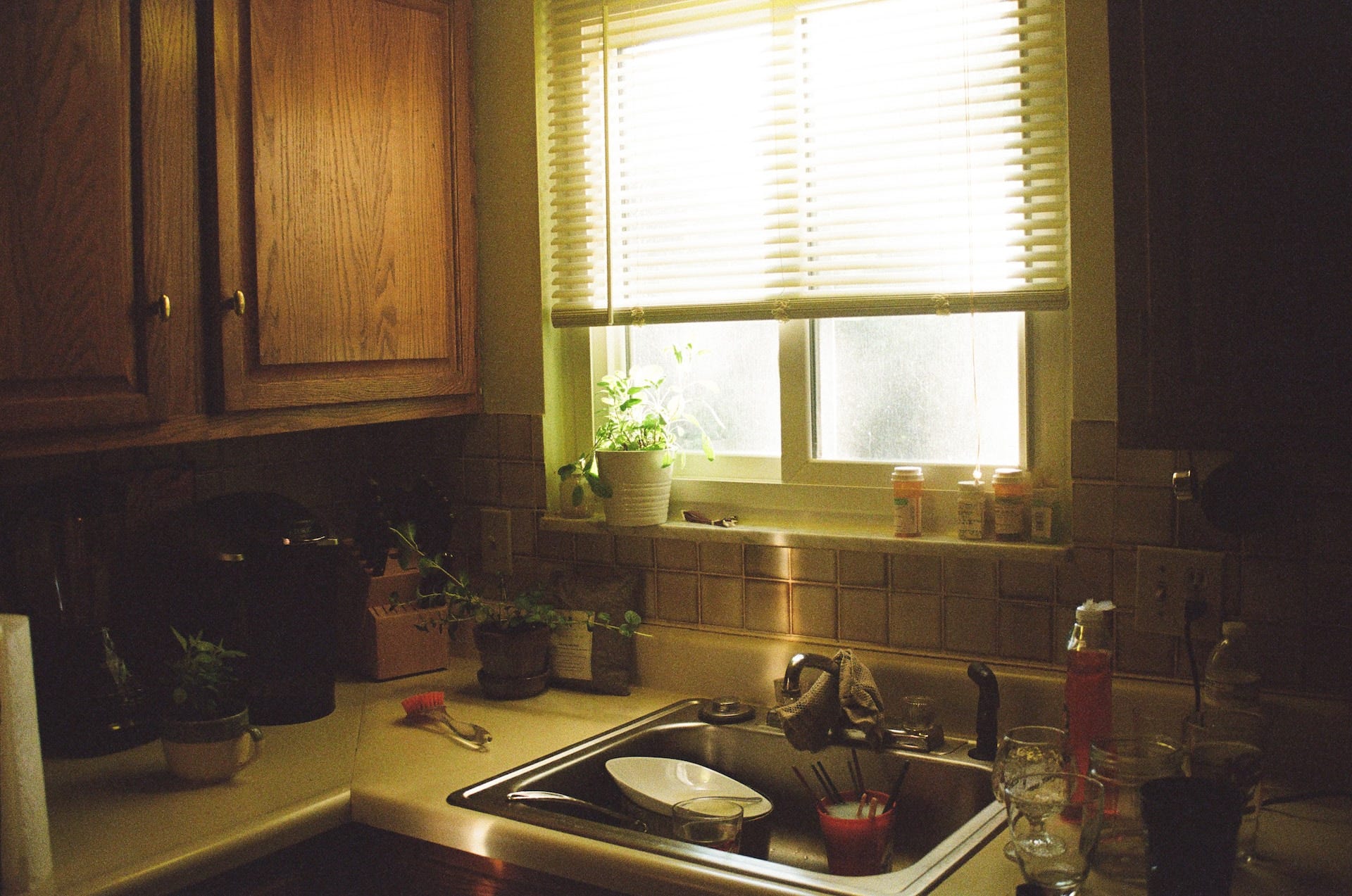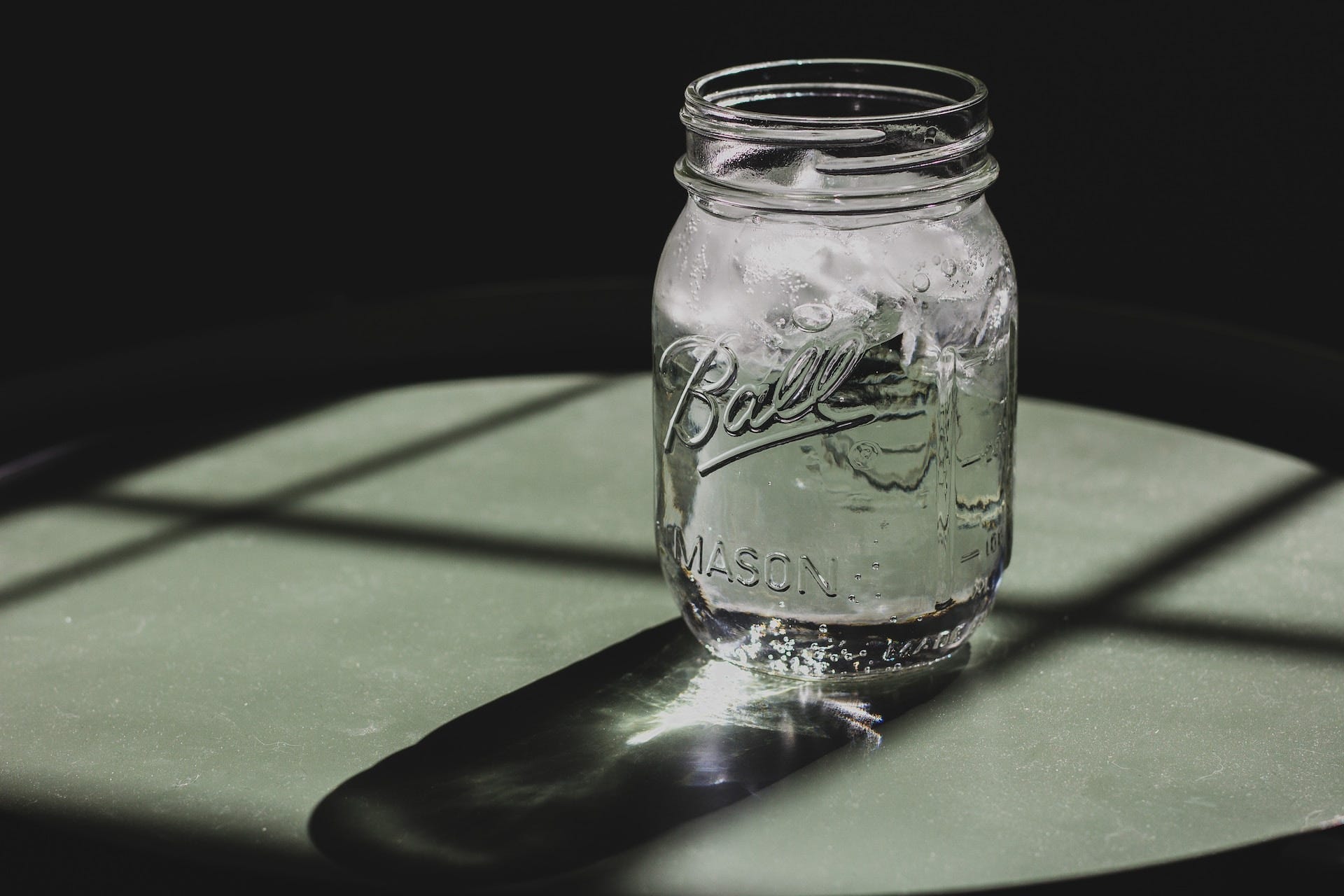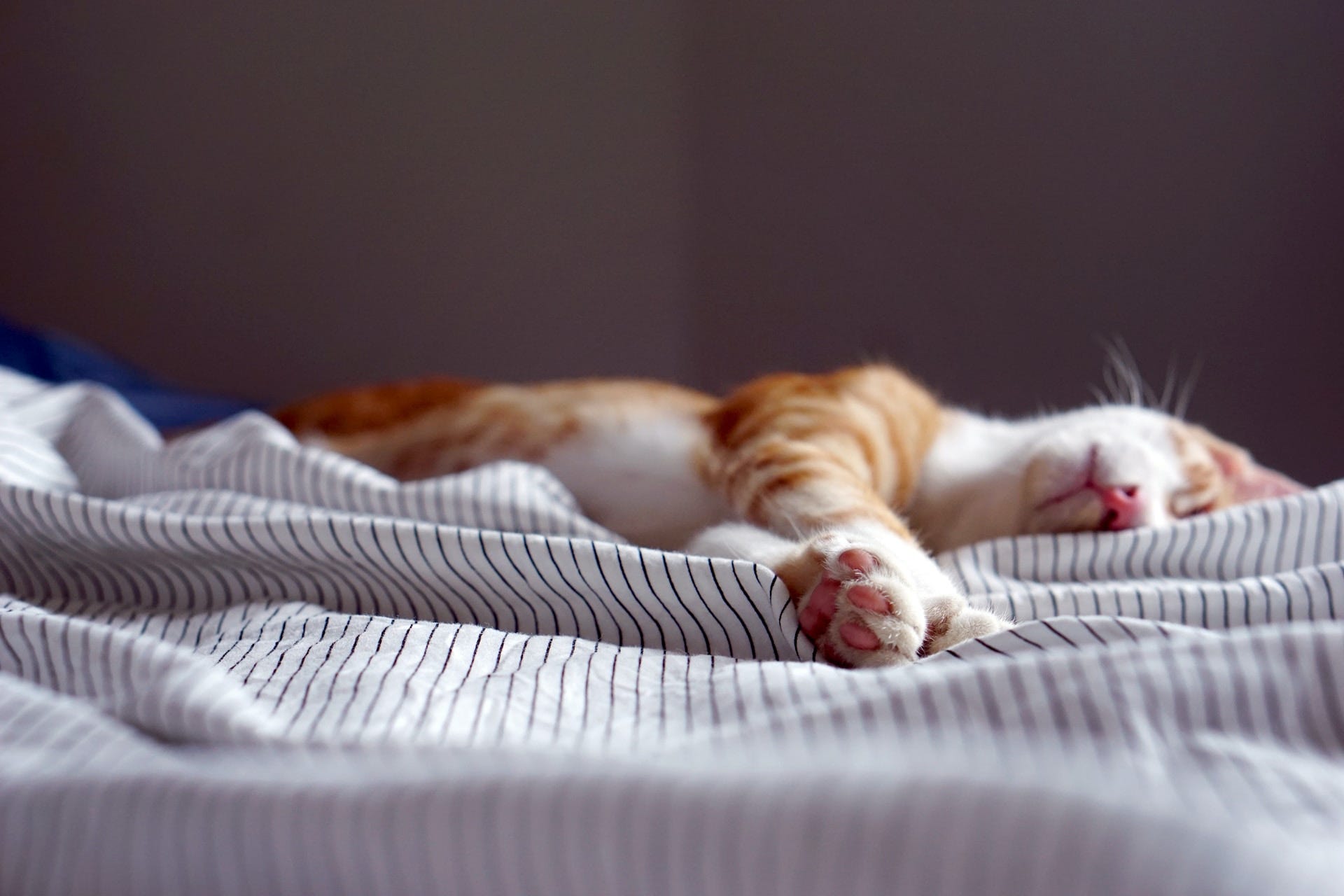A step-by-step guide to drinking water at night
Night water, as a concept and a practice, doesn’t come easily to everybody. This guide will help even the novice night water drinker become an expert in nighttime hydration.

If you’re new to the concept of night water, you might have a lot of questions on how to implement regular drinking into your nightly schedule. Don’t worry—the Night Water newsletter, in addition to missives on pop culture icons like Cabbage Patch Kids dolls and Busytown Radio, also exists to educate readers of all stripes on the benefits of drinking water at night.
In this guide, you’ll learn the ins and outs of drinking water at night, and by the end of this article, you’ll have successfully taken a sip of that refreshing nighttime water.
Note that this guide presumes that you already understand the “why” of night water. If you’re still confused about the benefits of night water, make sure you stay subscribed to the Night Water newsletter for future articles and resources on the science behind why night water hits different.
Step One: Identify a source of water
Water is all around us. It’s in our rivers, it’s in our air, it’s even in our flesh. But not all sources of water are usable for our nighttime purposes. You couldn’t, say, stick a spigot in your friend.

Instead, it’s much easier to look around your living area. Does your house have a sink? It likely has running, potable water! Does your refrigerator have an ice dispenser? Ice is frozen water! Sleeping at the office tonight? You can find standing water in most restrooms.
The best night water is colder than room temperature, so don’t be afraid to be a little picky with your water source. If there are multiple water sources available, pick a cold source of water that’s close to where you’ll be sleeping.
Step Two: Identify a vessel for your water
Water’s no good if you have nothing to hold it in. Many of us were born with two hands which, when held together in a convex shape, create a natural vessel from which to drink water. Luckily, advances in science have led to the creation of devices like cups, bottles, goblets, and flutes.
Choosing the correct vessel for your night water can be difficult—just check out our guidance on carafes to see how stressful this decision can be—but, just like step one, it’s easiest to start with what you already have at your disposal. For example, do you use glassware to drink other liquids, like cow-free milk or Lucozade? You can use that same glassware for night water, too!
Bottles or other closed-top vessels can be extremely useful for night water, as many are designed to keep contained liquids cold. As discussed earlier, the best source of water is cold and close to where you sleep, and bottles can be an efficient way to fulfill both of these requirements.

Step Three: Collect water before your bedtime (Optional)
Step three is totally optional, but if you’re serious about drinking night water, I advise you to incorporate it into your daily routine. With your vessel, go to the source of water you identified in step one and collect some of that water—ideally, as much as your vessel can comfortably hold.
Once you have a full water receptacle, take it to where you’re sleeping, whether that’s a bed, couch, sleeping bag, or other comfortable spot. (While not covered by this guide, you should identify where you’ll sleep before completing any of the above steps.) Place the cup/bottle/carafe/etc. next to your bed, either on the floor or a bedside table. Make sure it’s a spot that will be easily accessible to you while you are lying down horizontally in bed.
Don’t worry if you don’t want to perform this step! If you don’t, you will have to get out of bed every time you want a sip of night water, which can add up if you’re a heavy night water drinker, but if that’s your preference, go for it! I can’t stress just how optional this step is.
Step Four: Fall asleep
In your previously identified sleeping area, make yourself comfortable. An ideal sleeping environment is both dark and cool, like a cave, or a planetarium. In the proper environment, you should fall asleep in approximately 10 to 20 minutes.
If you’re having trouble falling asleep, you may want to wind down by reading a book, listening to a sleep podcast, ingesting drugs, or forcing yourself to hallucinate and then count a flock of sheep.

Step Five: Wake up, parched, in the middle of the night
Once asleep, you’ll need to wake up in order to truly experience night water, and ideally, you’ll wake up thirsty. Your mouth should be a bit dry, with a stale taste permeating your tongue and cheeks.
While not required, one of the best ways to ensure you’ll wake up parched is to have an odd dream—perhaps one that involves waiting in line at the post office only to remember that you’re late to get to the airport, and your ex-lover is there but they’re also your dad, and they’re chasing you, but you don’t have time to get chased, you’re late for your flight and you haven’t mailed those postcards.
Step Six: Take a sip of water from your chosen vessel
Did you complete the optional step three earlier? Good. Now that you’re awake, just reach out to your chosen vessel, heart and hand and mouth open, and take a sip of the water you collected earlier.
Ignored my advice and skipped step three? That’s your prerogative, but it makes me wonder about your commitment to night water.
In any case, leave your sleeping spot and find the vessel you identified in step two. (You did step two, right? That one wasn’t optional.) Collect it and bring it to the water source you identified in step one. (Why did you even bother to read this guide if you weren’t going to take my advice?) Utilize the vessel to first hold water, then carry the water to your mouth, and finally, take a sip from the vessel with your mouth. Once completed, store the vessel in a safe place and make your way back to your sleeping spot. (It just hurts my feelings is all.)

Step Seven: Fall back asleep
Your thirst for night water is satiated. Give yourself a pat on the back, curl up in your bed/couch/sleeping bag/etc., and fall back asleep. Repeat steps five through seven as many times as needed throughout the night. In the morning, you will wake up refreshed and ready to start drinking day soda.
Congratulations! You’ve taken your first sip of refreshing night water, and are now officially on a journey towards 24/7 hydration. Have questions about how to implement any of the steps in this guide? Just leave a comment below and the helpful nocturnal guzzlers here in the Night Water community will provide further guidance!




